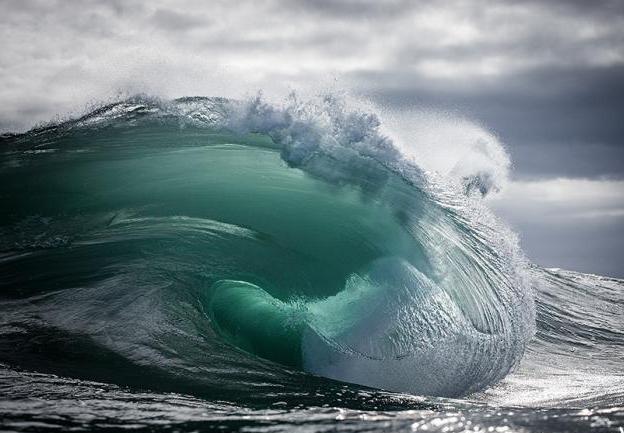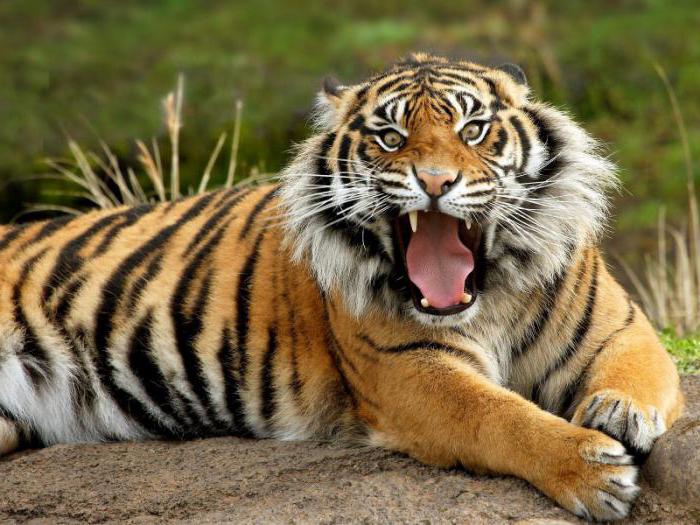The world of animate and inanimate nature is always in close interaction. Plants and animals are living things. To survive, plants need air, water, light, nutrients, space and optimal temperature. Animals need air, food, water, shelter and space. All living things on Earth can multiply and create their own kind. Inanimate natural objects, such as the sun, stones, water and earth, do not grow and do not multiply. Despite the obvious differences, animate and inanimate nature (pictures below) are closely related.
Living and inanimate nature
The earth is filled with the biological diversity of a huge number of life forms. This includes all living organisms: plants, animals, people. The world is also filled with inanimate objects. Inanimate things do not consist of living cells, as a rule, they do not grow and cannot create their own kind. Sunlight, air, rocks, water and landforms (hills, valleys, mountains) are all examples of inanimate objects of nature. However, the fact that they are inanimate does not mean at all that they are not important for the survival of other organisms.
You can come across the following example of the connection between animate and inanimate nature. Organisms need soil that consists of tiny stone pieces and small fragments of dead plants and animals. Creatures living in the soil are often too small to see them without a microscope.
Properties of living organisms
All living organisms can make movements, some of them can move actively, run, walk, swim, fly (animals), and some show insignificant movements in space (plants). All living things exchange gases with their environment. Animals consume oxygen and exhale carbon dioxide. This process is called breathing. Another sign that distinguishes wildlife from nonliving is excretion, or the removal of metabolic products from the body. If these wastes remain in the body for a long time, they can gradually poison it.

When living things feed, they receive energy. Part of this energy is used for growth. Organisms grow larger and have a more complex organization as they mature. A striking example of the connection between animate and inanimate nature demonstrates the dependence of animals and plants on their environment. They react to sunlight, heat, cold and various sounds made by inanimate nature. Among the properties of wildlife, an important place is occupied by the ability to reproduce. Moreover, this symptom is characteristic of both animals and plants.
Ecosystem components
What is an ecosystem? This is a community of organisms interacting with each other, as well as with the inanimate components of nature with the goal of sustainable development and adaptation to changing environmental conditions. Living, inanimate nature (2nd grade at school - time to study this topic in environmental studies) - all these are components of the ecosystem. All living things in the ecosystem are either producers or consumers. They are also called biotic components.

Manufacturers can produce organic components, for example, plants using photosynthesis can produce starch, carbohydrates, cellulose. Consumers are components that depend on the manufacturer depending on the method of nutrition. Among nonliving objects of nature , physical and chemical factors stand out that directly or indirectly affect living organisms, for example, air, water, earth, stone and others. They are also called abiotic components. Physical factors include sunlight, water, fire, soil, air, temperature and others. Chemical factors include moisture, salinity, minerals, chemical elements and so on.
Ecosystem classification
One can give an example of the connection between animate and inanimate nature, where, thanks to abiotic factors, various ecosystems develop in different ways. These factors, their interaction with each other and with biotic components led to the formation of various types of ecosystems. Among them there are terrestrial (forests, meadows, tundra, desert), soil and water (sea, ocean, rivers, lakes and so on) ecosystems.
The world of inanimate nature
In the natural world, any object that does not have all the characteristics of living things is an inanimate component of the ecosystem. A living cell consists of a number of organic and inorganic chemicals, which are in themselves inanimate, but in a living organism they become vital components. The most important characteristic of inanimate things is the absence of protoplasm, which is the fundamental basis of life.
The main characteristics of inanimate nature
Inanimate nature does not consist of cells; structural organization of tissues, organs, or organ systems is not characteristic of it. Inanimate nature also does not have such dimensions. Liquids take the form of a container or container in which they are located. When heated, the water goes into a gaseous state or can even be frozen to a solid state.
Movement never happens on its own, it is possible only with external influence. Growth is possible only by adding materials from the outside. For example, a crystal in a solution or a snowflake can increase in size due to the accumulation of particles of its own block on the outer surface of the original body.
Lack of nutrition, excretion, respiration, reproduction, sensitivity and adaptation are characteristics of inanimate objects. One of the main properties is an unlimited period of existence, in other words, immortality. All inanimate things on Earth can be divided into two main types:
- Inanimate things that have never been part of a living being. For example, glass, stone, gold, any chemical elements and other similar examples.
- Inanimate things that were once part of a living being. The best example is coal, which was formed as a result of the death and decomposition of living plants. Paper itself is not a living thing, but it is also made of trees. This example of the connection between animate and inanimate nature clearly shows that in the presence of certain circumstances and time, a gradual transition from living to nonliving is possible.

The ecosystem is a rich natural world. Living and inanimate nature, pictures and examples of which can be found everywhere, are in complex relationships. This activity shows the relationship of all elements of the ecosystem. For example, slight air pollution can affect amphibians, which are very sensitive to external influences, as they breathe through the skin. This can lead to an increase in the number of insects in the food chain. An increased population of insects can change the state of plants, up to the total destruction of certain species, and so on. Thus, one small change in the ecosystem can cause a real environmental problem. In a healthy ecosystem, there is always sufficient biodiversity of plants, animals and their habitats, and there is a balance between its living and non-living components.